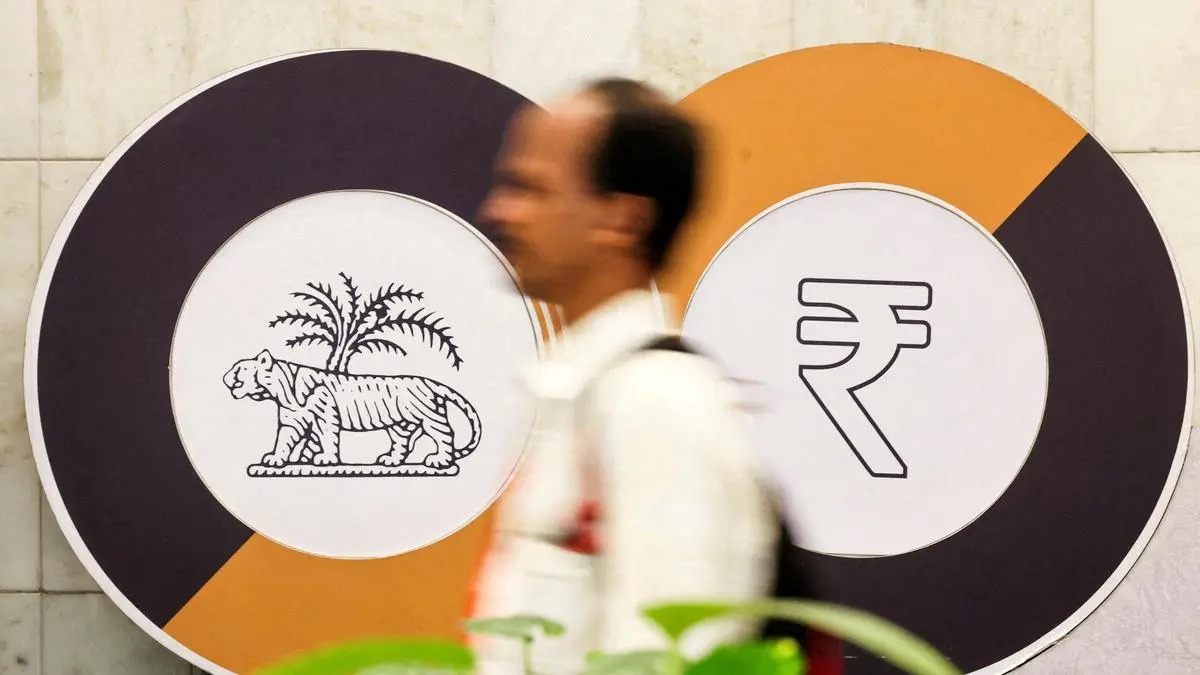As of September 2, 2025, the Indian Rupee (INR) opened marginally stronger at 88.1450 against the US Dollar compared to its previous close of 88.1950, reflecting cautious optimism in the foreign exchange market. This modest appreciation comes amid broader macroeconomic developments including liquidity updates and government cash balances with the Reserve Bank of India (RBI). The central bank's latest data reveal important insights into banking sector liquidity and government financial positioning, signaling underlying dynamics affecting currency stability and monetary policy.
Key Highlights of the Currency Movement and Banking Liquidity
Opening Exchange Rate and Market Tone
On September 2, the Indian Rupee began trading at 88.1450 per US Dollar, marking a 0.06 percent gain from its last closing level of 88.1950. This slight uptick in the rupee’s value reflects market steadiness amidst global and domestic economic factors influencing investor sentiment. The movement aligns with short-term technical patterns and international currency trends, as well as India’s trade and capital flows.
Banks’ Cash Balances With RBI
Data released by the RBI indicates that banks held aggregate cash balances of 9.57 trillion rupees on September 1, 2025. This substantial liquidity level reflects ample funding availability within the banking system, enabling smoother credit flows and supporting monetary stability. Elevated cash reserves also suggest banks’ preparedness to meet demand for loans and withdrawals in the near term.
Government Surplus Cash Position
The Indian government’s surplus cash balance with the Reserve Bank stood at zero on September 1, 2025, indicating prudent fiscal management and efficient cash flow planning. The absence of surplus cash held with the RBI for auction purposes points towards optimal utilization of funds for ongoing government expenses and debt servicing, eliminating idle government cash parked in the central bank.
Understanding The Broader Currency and Liquidity Context
The Indian Rupee has experienced relative volatility over the past months influenced by global economic uncertainties, US Federal Reserve monetary policy signals, inflation trends, and trade deficit pressures. The opening price of 88.1450 signals market participants' cautious approach amid these variables. While the rupee’s depreciation pressure remains manageable, any persistent external shocks or policy shifts may impact further movements.
The sizable cash balances maintained by Indian banks enhance systemic resilience, providing buffers against liquidity shocks and facilitating smooth interbank operations. This liquidity backdrop supports the central bank’s objectives of maintaining low volatility in currency markets and promoting credit availability to businesses and consumers.
Fiscal Discipline Reflected in Government Cash Flows
The government’s zero surplus cash balance with RBI as of September 1 highlights a disciplined fiscal position, ensuring funds are deployed effectively rather than accumulating unproductive reserves. Such dynamics are important for managing bond auctions, interest costs, and overall economic stability, especially as India continues its growth and infrastructure development spending.
Looking Ahead: Market and Policy Implications
Currency analysts suggest that the rupee’s near-term direction will hinge on factors such as global risk appetite, oil price fluctuations, trade balance developments, and monetary policy responses from major central banks. The RBI will closely monitor liquidity conditions through bank cash balances and government funding activities to calibrate interventions that stabilize the currency and support economic growth.
Investors and businesses should expect continued focus on hedging strategies and close observation of indicators such as bank liquidity and government cash positions as signals of macroeconomic health.
Conclusion: Stability Amidst Dynamic Economic Variables
The Indian Rupee's steady opening against the US Dollar coupled with strong liquidity in the banking system and prudent government cash management showcases India’s ongoing efforts to maintain financial stability. While global uncertainties persist, these supportive fundamentals provide a foundation for sustaining market confidence and managing currency fluctuations.
Sources: Reserve Bank of India official releases, Trading Economics, Reuters, Business Standard, Wise Currency Converter, Financial News reports

